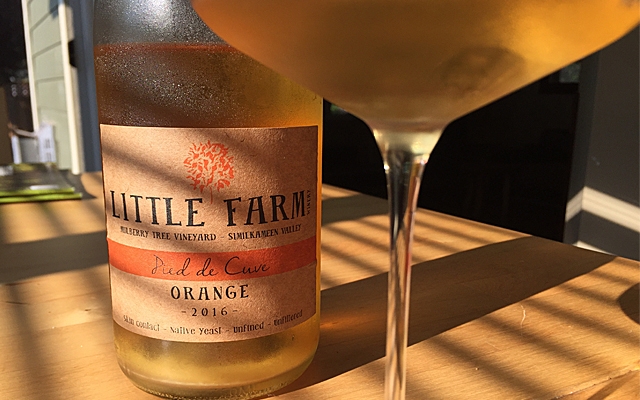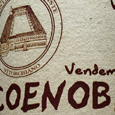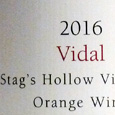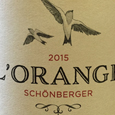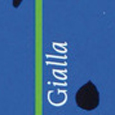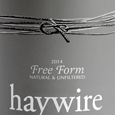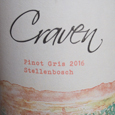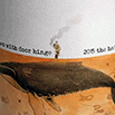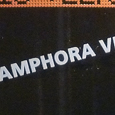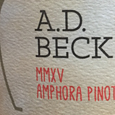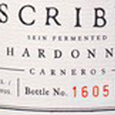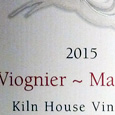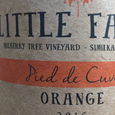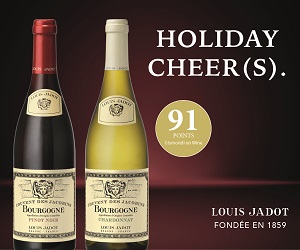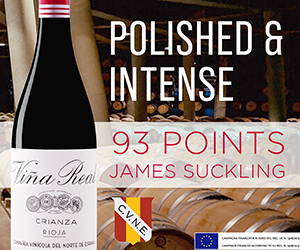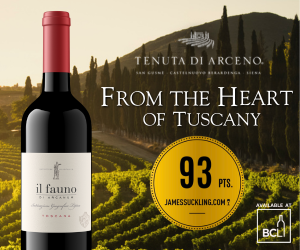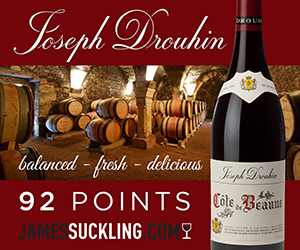Orange is the new Rosé.
But it’s not rosé. And it’s not from oranges. Nor, is it from the Australian wine region Orange (though it could be, and if it was a skin fermented white from Orange in New South Wales, would it be OZ O2?)
You’ve no doubt heard wine geeks wax about orange wine, and you may have tried some yourself. You may even be one of the minority that seeks out these characterful wines from adventuresome wine lists and purveyors. But do you know what you're drinking, or why they’re called orange?
First off, not the hue, which really is more amber, and ranges from pale yellow gold to deeper bronze. It’s the process. Orange wines are white wines made like red wines; the juice is fermented with the skins, leaving them in contact from a week up through a year. This gives the wine its characteristic hue, but also a fuller body, higher phenolic content and more tannins and grip on the palate. A better (though less colourful) name would be "skin contact whites". An ancient winemaking technique, these wines are common from areas with lengthy winemaking traditions like Georgia, Slovenia, Croatia and eastern Italy, though are also found from naturalist winemakers around the globe, including BC. Befitting tradition, few, if any, additives are often used, and alternative vessels like amphora and concrete are usually engaged, making orange wines highly prevalent amongst the natural wine set. Orange wines most often are made from aromatic white grapes such as pinot gris, sauvignon blanc, friulano, ribolla gialla and muscat, focusing the honeyed notes, extracting the fragrance of citrus oils and exemplifying the savoury goodness. Nutty, oxidative and salty notes are common descriptors for these compelling wines. The best are light and thrilling, while holding texture and body; an alluring combination.
However the hue, these skin contact whites combine the freshness of whites with the weightiness and grip of reds, and with their singular aromatics and texture, make them excellent pairing companions to a wide range of foodstuffs including Persian, Japanese, Moroccan, Ethiopian, Korean. Like works with like: think salty, fragrant, umami-rich, complexed and textural.
Don't be colourblind. I have been actively seeking these interesting wines out and encourage others to do the same. There's a wide range of wines and styles to explore, so expand your rainbow.
Here are the orange wines I've tasted recently at GOW.

 quicksearch
quicksearch

